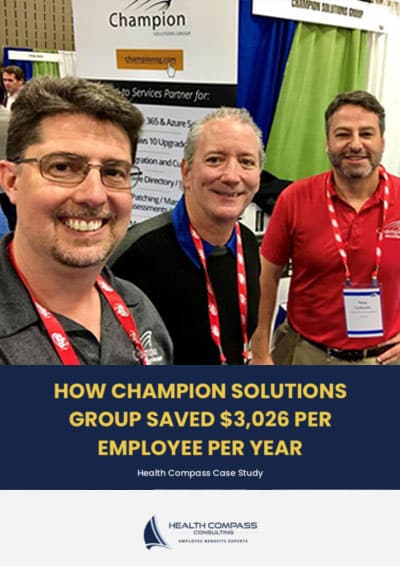Moving on through the innovation scale you have move on to a partially self funded program. So the difference between the level funded and the partially self funded model is that instead of funding to the max every month like you do in a level funded product, and hoping that you have money left over at the end of the year, that's yours. in the partially self funded model you're just paying your claims as you go.
But again, companies that have a better cash position, they're comfortable with that. You see here horizontally there is a blue line about halfway up the screen. That is the maximum amount of liability that this plan pays. That's why they have that stop loss insurance in there. So the stop loss insurance pays everything over above that blue line. Look at the Rx claims this carrier is making, because they own the pharmacy benefit manager, they're making $110,000 on prescription drugs for this 100 life group.
So you've got the fox guarding the hen house. What incentive do they have to deny a drug when, hey, if we approve it, we're going to make 45 grand on this one drug for the year. Right? Total profitability on this 100 life group, the carrier is making $286,000 on this group, that's a 28% profit margin. But this is also an opportunity, if you know how to navigate all this and extract the waste out of these plants.

